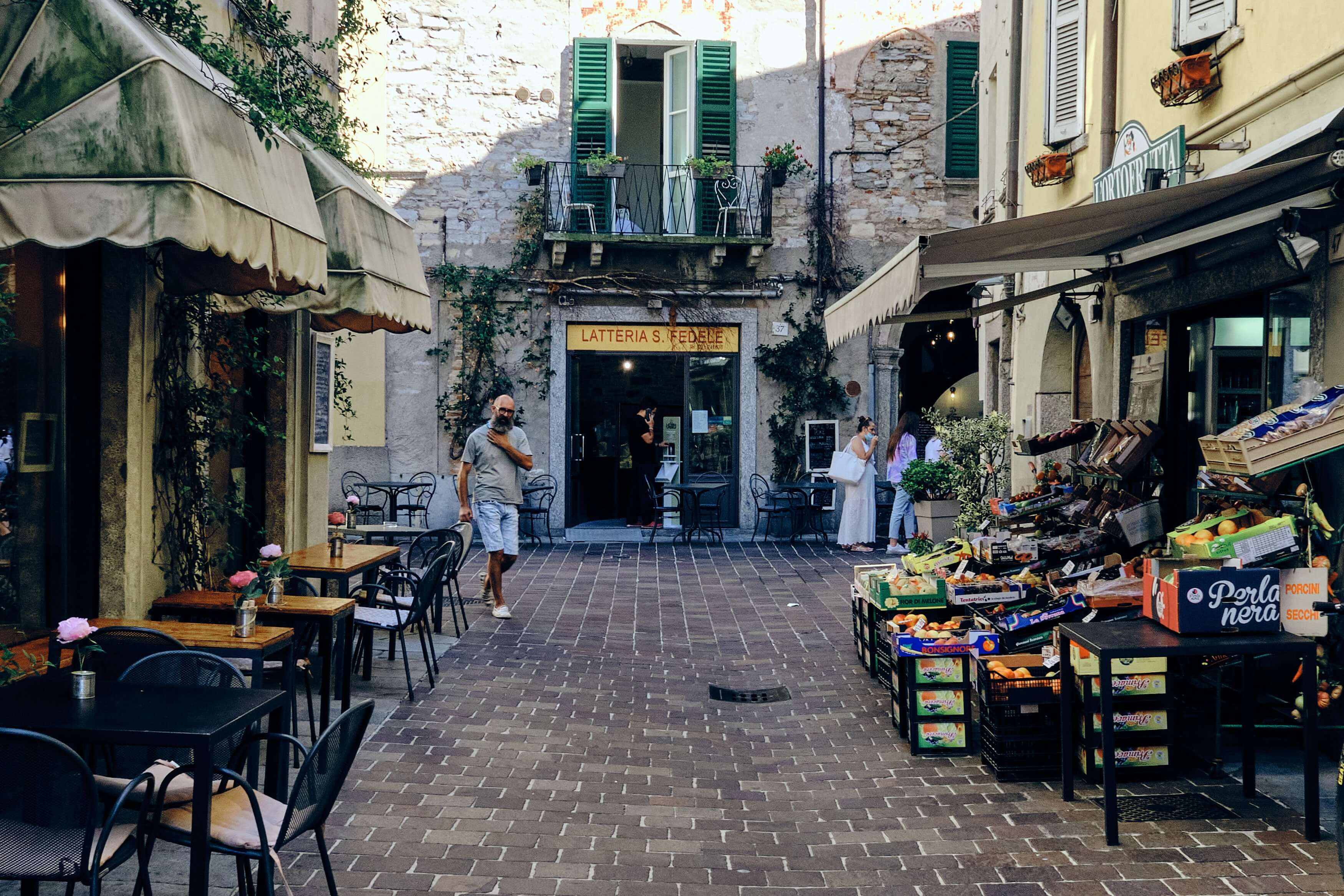
How to Make the Best Limoncello (Video)
Limoncello, a vibrant and zesty Italian liqueur, is beloved for its bright, citrusy essence. Traditionally crafted in the southern regions of Italy, particularly around the Amalfi Coast, this delightful digestif charms with its sweet, tart flavor, derived from the zest of fresh lemons.
What You Need
To embark on your limoncello-making journey, you will need:
- Organic lemons (preferably Sorrento or Amalfi lemons for authenticity)
- High-proof vodka or pure grain alcohol
- Sugar
- Water
- You'll also need a few tools:
- Vegetable peeler or paring knife
- Large glass jar with a tight-sealing lid
- Fine mesh strainer
- Funnel
- Bottles for storage
Step-by-Step Process
Cleaning the Lemons
Start by thoroughly washing your lemons to remove any pesticides or wax. A soft scrub under warm water will do.
Using a vegetable peeler, remove the zest from the lemons. Be careful to avoid the white pith as it can impart a bitter flavor to your limoncello.
Place the lemon peels in a large glass jar and pour the alcohol over them. Seal the jar tightly and let it sit in a cool, dark place. The peels should steep for about 2 to 4 weeks; the longer you wait, the more flavorful your limoncello will be.
Preparing the Simple Syrup
Combine water and sugar in a saucepan over medium heat. Stir until the sugar dissolves completely and then allow the mixture to cool. This creates a smooth, sweet syrup.
Once the lemon peels have infused thoroughly, strain the alcohol and mix it with the cooled syrup. This mixture should then be left to marry for another week to develop a richer flavor.
Bottling and Storing
Filter the limoncello one more time to remove any residual peels and sediment. Pour it into clean bottles and seal them. Store the bottles in a cool, dark place, or for an icy treat, keep them in your freezer.
Serve limoncello chilled in small glasses. It’s perfect as an after-dinner digestif or added into cocktails for a lemony twist.
Choosing lemons with thick, aromatic skins and avoiding any with marks or blemishes will yield the best flavor. The quality of the alcohol is also crucial; higher proof spirits can extract more from the lemon peels.
Limoncello is not just a liqueur; it's a part of Italian culture, often homemade in Italian households and shared with guests as a symbol of hospitality.
Making the perfect limoncello requires quality ingredients, the right technique, and above all, patience. With these tips and steps, you’re ready to create a batch of limoncello that might just transport you straight to the sun-drenched terraces of Italy. Give it a try and savor the fruits of your labor!


